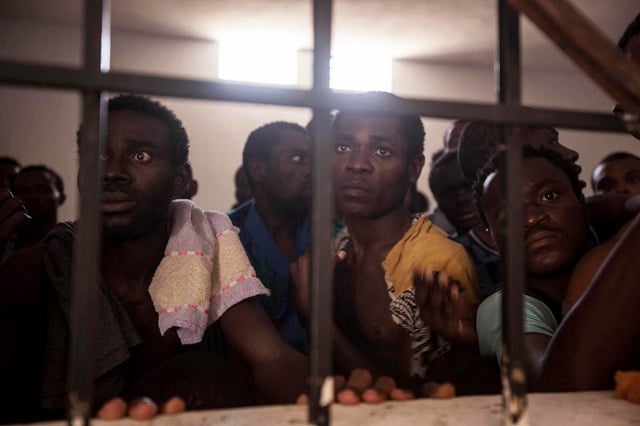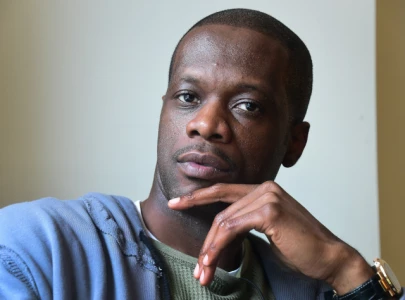
Narciso Contreras, who spoke to migrants turned Libyan slaves, said most attention focused on the North African country as a gateway for migrants attempting to reach Europe by sea.
"What I found is that it's a slave market, it's like an industry but the world is looking at Libya as a transit country," he told the Thomson Reuters Foundation.
Six years after the fall of Muammar Qaddafi, Libya is still a lawless state where armed groups compete for land and resources and large weapons and people-smuggling networks operate with impunity.
Frustrated by official bureaucracy, Contreras, winner of the 2016 Carmignac Photojournalism Award, forged his own contacts with migrants, people smugglers and tribes people as he travelled through Libya last year for a documentary photography project.
Sold into slavery: India's lost generation of missing children
"The humanitarian crisis of migrants trying to reach Europe is well documented, and it is a story the Libyan authorities want to be told," he said in an interview.
"But that vast market trading in human beings is largely undocumented," said Contreras. "It's a human rights violation that needs to be addressed by the international community."
He spoke at the opening of "Libya: A Human Marketplace", an exhibition of his photographs at London's Saatchi Gallery.
Contreras met two West African migrants who had been held as slaves. One of the slaves' owners ran an immigration detention centre and the second was a local militia leader, he said.
"These seemed to be typical stories of the impunity you find in Libya," said Mexican-born Contreras, who won the Pulitzer Prize in 2013 for his work in Syria.
FOR A FEW HUNDRED DOLLARS
Such accounts by migrants are hard to verify. However, the UN migration agency (IOM) said last month that growing numbers of African migrants were being traded in what they call slave markets before being held for ransom, forced labour or sexual exploitation.
Migrants are traded for between $200 and $500 and are held on average for two or three months, the IOM said.
The migrants - many from Nigeria, Senegal and Gambia - are captured as they head north towards Libya's Mediterranean coast, where some try to catch boats for Italy. Along the way they are prey to an array of armed groups and smuggling networks that often try to extort extra money.
3,000 migrants rescued off Libya coast Saturday: NGO
Many of them are used as day labourers in construction or agriculture, the IOM says. Only some of them are paid.
Contreras also took pictures of the detention centres where migrants endure overcrowding, lack of sanitation and beatings.
"There is no humanity in these places," said Contreras.
The International Criminal Court prosecutor expressed alarm this month at the inhumane detention of thousands of vulnerable migrants in Libya and said she was examining whether an investigation could be opened into crimes against them.

















COMMENTS (4)
Comments are moderated and generally will be posted if they are on-topic and not abusive.
For more information, please see our Comments FAQ